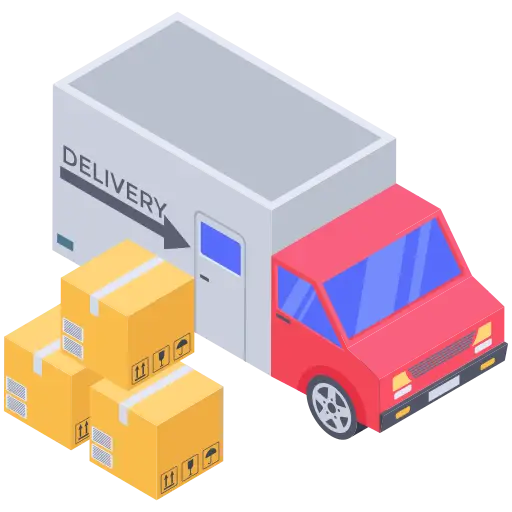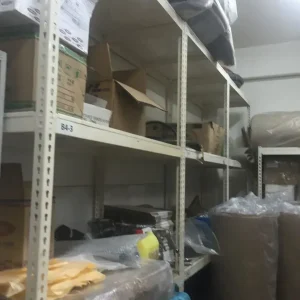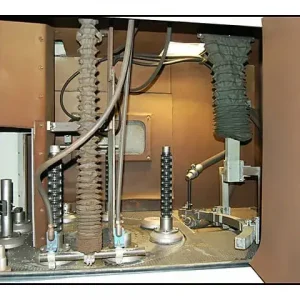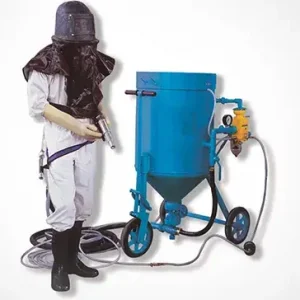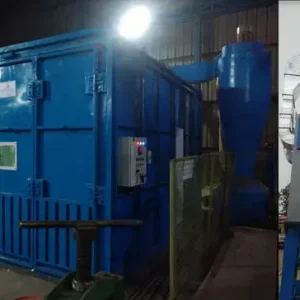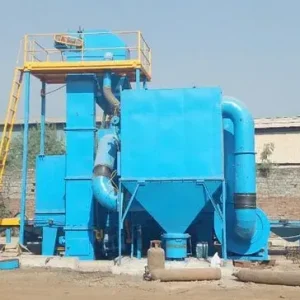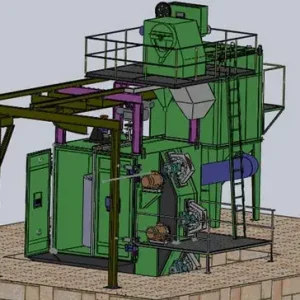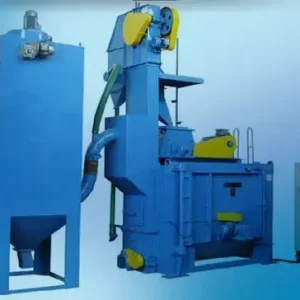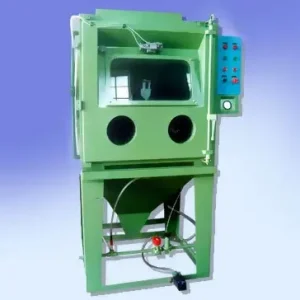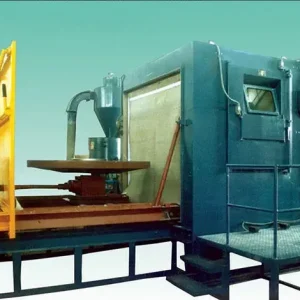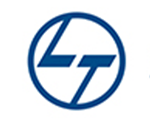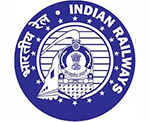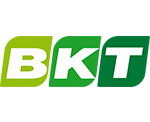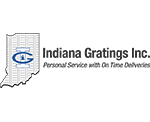By AeroWheel Surface Finishing
When it comes to cleaning and preparing metal surfaces, industries often face a common question:
Should we use sand blasting or acid pickling?
Both techniques serve the same core purpose—removing rust, scale, and contaminants from metal parts—but they differ significantly in process, safety, environmental impact, and end results.
At AeroWheel Surface Finishing, we frequently help clients in Rajasthan and across India decide which method is best suited for their application. In this blog, we’ll give you a clear comparison of sand blasting vs acid pickling, so you can make an informed decision for your factory or workshop.
What Is Sand Blasting?
Sand blasting is a mechanical surface treatment method where abrasive particles (like garnet, steel grit, or aluminum oxide) are propelled at high speed onto a surface using compressed air. This process:
- Cleans rust, paint, and scale
- Roughens the surface for better coating adhesion
- Is widely used before painting, powder coating, or galvanizing
It’s efficient, dry, and widely applicable across fabrication, construction, automotive, and general engineering industries.
What Is Acid Pickling?
Acid pickling is a chemical cleaning process where metal parts—typically steel—are immersed in acidic solutions (often hydrochloric or sulfuric acid) to remove:
- Oxides
- Mill scale
- Surface rust
This process chemically reacts with the surface contaminants, dissolving them without mechanical force. It is commonly used in the steel and wire-drawing industries before galvanizing or drawing processes.
Sand Blasting vs Acid Pickling – Head-to-Head Comparison
| Factor | Sand Blasting | Acid Pickling |
|---|---|---|
| Cleaning Method | Mechanical (abrasive impact) | Chemical (acid reaction) |
| Surface Preparation | Creates anchor profile for coatings | Leaves smoother surface, may require post-treatment |
| Environmental Impact | Dry process, recyclable abrasives, dust controlled | Hazardous waste, acid fumes, disposal challenges |
| Safety | Needs PPE, but generally safer | Involves toxic acids, high risk for burns & exposure |
| Surface Finish | Matte or rough finish | Smooth, bare metal finish |
| Speed | Fast, especially for localized areas | Slower for larger parts or heavy scale |
| Equipment & Setup | Requires blast cabinet/room, air compressor | Needs acid tanks, neutralizing tanks, proper ventilation |
| Cost Over Time | Higher initial setup, lower ongoing cost | Lower setup, higher recurring cost (acid, waste, safety) |
| Coating Compatibility | Excellent for powder coating, painting, galvanizing | Good for galvanizing; may need roughening for painting |
When to Choose Sand Blasting
Go with sand blasting if you:
- Need fast, consistent surface cleaning
- Want to remove thick rust, paint, or coatings
- Are preparing surfaces for powder coating or painting
- Want to avoid chemical handling and hazardous waste
- Prefer a dry, dust-controlled operation
It’s ideal for:
- Structural steel, automotive parts, gates and grills, machinery, tanks, etc.
- On-site or cabinet-based operations
- Eco-conscious or safety-focused facilities
When to Choose Acid Pickling
Choose acid pickling if:
Why Sand Blasting Is Ideal for Pre-Painting Surface Preparation
How to Maintain a Blast Room for Long-Term Performance
Working of a Table Type Shot Blasting Machine – Step-by-Step Guide
- You’re working with new steel or wire rods with mill scale
- Your main goal is oxide removal before galvanizing
- You’re running a continuous, high-volume operation
- You have the infrastructure to handle hazardous waste safely
It’s best for:
- Large-scale galvanizing plants
- Steel mills
- Wire processing units
Environmental and Safety Considerations
- Sand Blasting: Generates dust, but with proper dust collectors and enclosed systems (which AeroWheel provides), it is clean, safe, and compliant with environmental norms. Abrasives like steel grit can be reused multiple times, reducing waste.
- Acid Pickling: Creates acidic fumes and toxic waste, requiring neutralization, disposal permits, and strict safety protocols. Workers must wear acid-resistant gear and operate in well-ventilated environments.
For small to medium manufacturing setups, sand blasting is typically the safer and more sustainable choice.
Why AeroWheel Recommends Sand Blasting for Most Applications
At AeroWheel Surface Finishing, we specialize in custom-built sand blasting machines and complete surface preparation solutions that are:
- Safe
- Energy-efficient
- Scalable for all industries
- Easy to maintain
- Environmentally compliant
We provide:
- Portable sand blasters
- Cabinet systems
- Blast rooms with dust recovery
- Support for choosing the right abrasives
For most fabrication, casting, and general engineering use cases—sand blasting offers more flexibility and fewer long-term risks compared to acid pickling.
Conclusion
Both sand blasting and acid pickling have their place in metal surface treatment. But if you’re looking for a cleaner, safer, and more versatile method, sand blasting is the clear winner for most industries.
It delivers better coating adhesion, less environmental risk, and more control over surface quality—especially when paired with reliable equipment from AeroWheel Surface Finishing.
📞 Need help choosing the right surface preparation method?
Contact AeroWheel Surface Finishing today for expert guidance and tailored solutions.

